On a wet December morning two buses set off from the Verderers Court for the second of the 2018 Verderers Welfare Tours: The twice yearly official inspections of commoners’ stock. 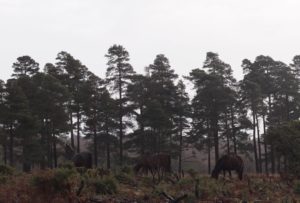 As usual, one group headed off to explore the north of the Forest, ably guided by the Head Agister, and the other to the south, guided by a past Head Agister. Once again the buses were packed with interested observers. Officials from statutory bodies including DEFRA’s Animal & Plant Health Agency, the National Park Authority, and Verderers, plus vets and representatives from animal charities, including the Horse Trust, RSPCA, and the Donkey experts. Despite the impression given by the Verderers’ Marking Register the herds were very hard to spot; the party touring the north of Forest could only find cattle in single numbers in a tw0 hour journey, and neither bus found a total of more than 200 ponies.
As usual, one group headed off to explore the north of the Forest, ably guided by the Head Agister, and the other to the south, guided by a past Head Agister. Once again the buses were packed with interested observers. Officials from statutory bodies including DEFRA’s Animal & Plant Health Agency, the National Park Authority, and Verderers, plus vets and representatives from animal charities, including the Horse Trust, RSPCA, and the Donkey experts. Despite the impression given by the Verderers’ Marking Register the herds were very hard to spot; the party touring the north of Forest could only find cattle in single numbers in a tw0 hour journey, and neither bus found a total of more than 200 ponies.
Despite the extreme weather of 2018, with a late Spring and summer drought the livestock were universally recognised to be going into the winter in excellent condition. The diverse mosaic of the New Forest landscape has clearly provided everything that has been needed through the extremes of 2018, and the fact that the Forest is unfenced allowed to herds to graze in a way appropriate to these extremes, and sympathetic to the special habitats of the Forest. The valley mires are reported to have benefitted significantly from the increase in grazing through the drought, whilst the heaths were mostly rested.
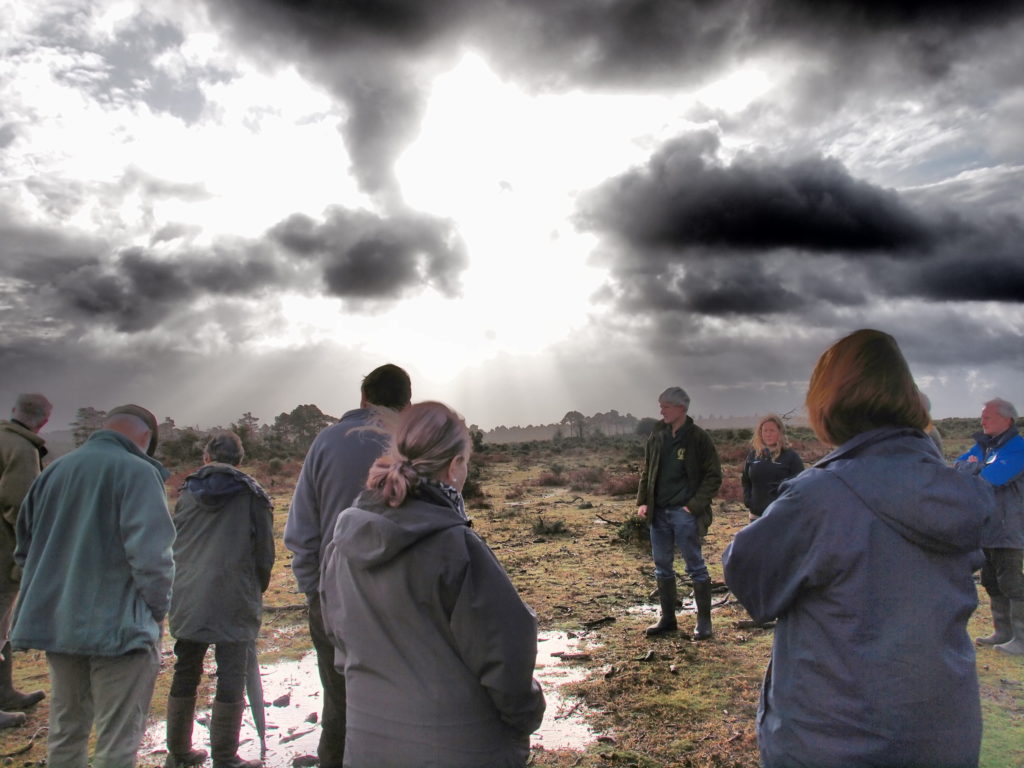 The generally contented mood was, however, clouded by the human-influenced behaviour of the animals. The herds viewed in the north of the Forest around Janesmoor moved away from the group when they decended from the buses to take a look (having finally found a herd of a size worth leaving the bus for). A very different situation was encountered at the visitor “honeypot” at Whitefield Moor, near Brockenhurst, when the bus touring the South stopped. In this case the ponies came directly to the bus, some of them from some way off. They were clearly searching for the expected treats. This conditioned behaviour was lamented by every organisation in the discussion back at the Verderers Court, discussing the very real risk that this poses to the practice of Commoning, to the welfare of the animals, and to the essential grazing of the Forest. A stark reminder that efforts on education and on enforcement need to be stepped up and made more effective.
The generally contented mood was, however, clouded by the human-influenced behaviour of the animals. The herds viewed in the north of the Forest around Janesmoor moved away from the group when they decended from the buses to take a look (having finally found a herd of a size worth leaving the bus for). A very different situation was encountered at the visitor “honeypot” at Whitefield Moor, near Brockenhurst, when the bus touring the South stopped. In this case the ponies came directly to the bus, some of them from some way off. They were clearly searching for the expected treats. This conditioned behaviour was lamented by every organisation in the discussion back at the Verderers Court, discussing the very real risk that this poses to the practice of Commoning, to the welfare of the animals, and to the essential grazing of the Forest. A stark reminder that efforts on education and on enforcement need to be stepped up and made more effective.
On a brighter note, the discussion of education allowed a plug for the Commoning Voices exhibition at the New Forest Heritage Centre, and plans for its 2019 tour of towns and villages, including those outside the Forest. This is a key part of the Our Past Our Future Lottery-funded project, and organisations attending the Welfare Tour offered to join these partnership efforts to build education and understanding about the New Forest. This is certainly a big opportunity to start to address the serious problem seen today at Brockenhurst, a reminder of the scale of the problem faced when people lose connection with the countryside, and a further spur to joint working to turn this around.
For the second year running the main Forest organisations have pulled together to highlight the high risk time on the roads around the autumn clock change. Every year animal accidents peak in October and November, when commuters find themselves driving in the dark.
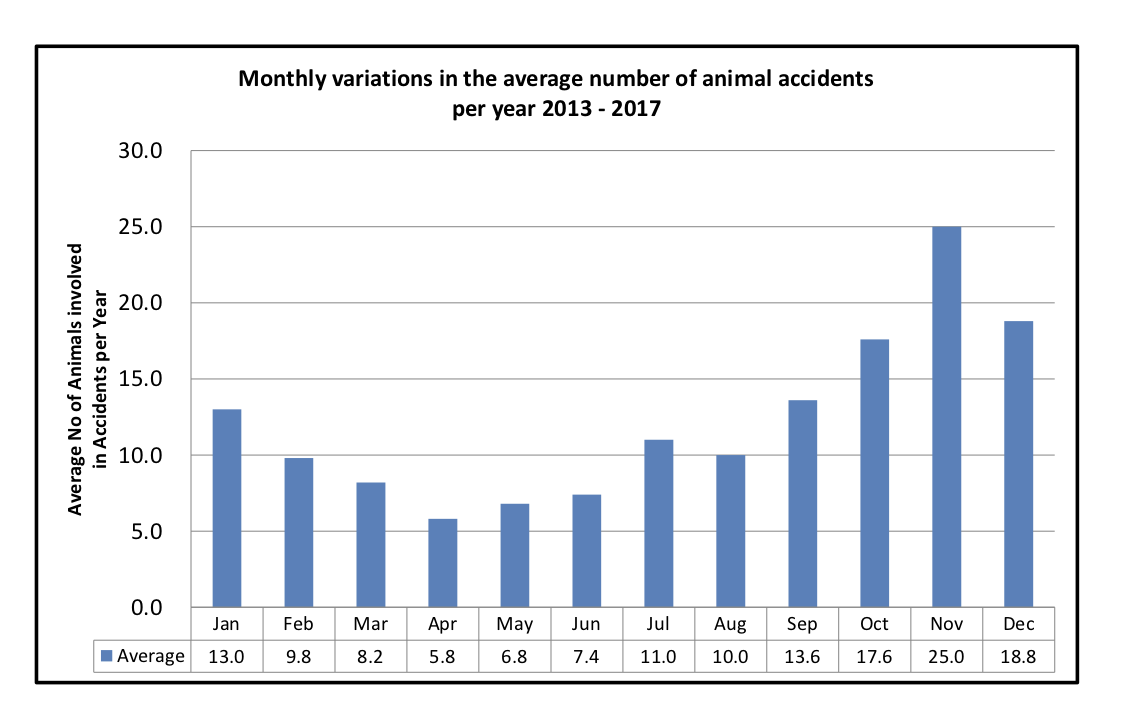
In 2017 a concerted effort was made to tackle this peak, with an experiment with temporary road signs installed by Hampshire County Council. After good feedback on the 2017 campaign the partnership has built on the experience for 2018. This year’s reflective signs are already getting attention, and are very hard to miss. The County has at the same time painted “running horse” triangles on the roads at the main cattle grid entry points to the Forest.
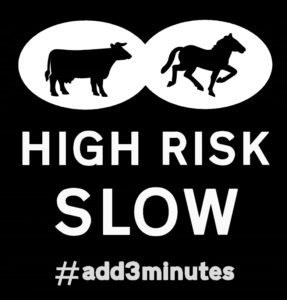
A further new initiative has been the creation of a tableau of animal figures that will travel Forest communities over the winter, highlighting the number of each animal type killed in 2017. For the first couple of weeks the animals can be spotted on the lawn in front of the Town Hall in Lymington. Ideas for venues around the Forest periphery, with good footfall of local people, would be very welcome. These ideas can be passed to a member of the CDA committee or to the Verderers Office. We’ll also need volunteers to help move them to their new homes every few weeks.
Over the years we’ve seen dramatic reductions in the rate of animal accidents, so that it is now below 1%. Because of the huge progress made so far it’ll inevitably get harder
to do even better, but each year the CDA and its partners are trying new tactics to highlight our concerns. The time when accidents peak provides the biggest opportunity for this to make a real difference, and get noticed with a concerted, collaborative effort. Another example of the New Forest organisations pulling together on an issue that is of real shared concern.
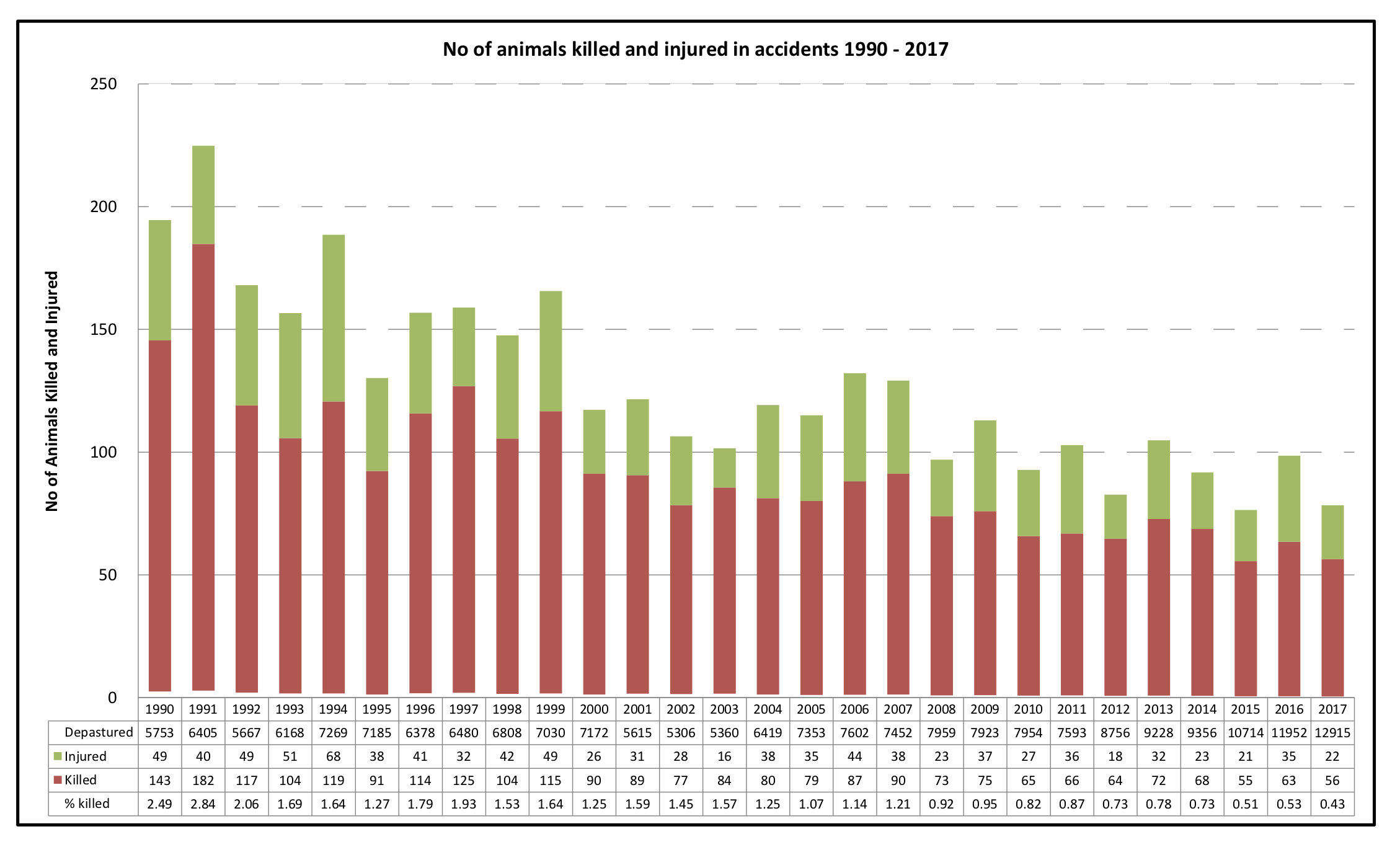
3rd November 2018 sees the exciting launch of a brilliant new exhibition at the New Forest Heritage Centre, Lyndhurst. Made possible by the Heritage Lottery Fund the “Commoning Voices” will tell the intriguing story of the real New Forest in the words of those whose animals do the work of grazing its landscape, making it so rich in nature, so accessible, and blessed with a wonderful cultural heritage. This is a superb show that will be great fun for everyone, regardless of their age or knowledge of the New Forest. For the very first time the New Forest commoners have worked with professional agencies to reveal the everyday stories of the varied lives that keep the Forest so special for everyone.
The official opening day is on Saturday 3rd November, starting at 10am, with the official opening performed by commoner Brian Ingram, former New Forest Head Agister, at 2.30pm. This free exhibition closes at 4pm on Saturday, but then runs right through to the 6th January.
In addition to the new passport application deadline of 30th November in October we were hit with a surprise change in the terms of our derogation from rules requiring all equines to have passports. At present the new regulations require that ponies can only leave the derogated area with a passport and not, as in the past, with the passport following by post. Thankfully, determined efforts by the Breed Society and Livestock Society and the efficiency of the New Forest jungle drum allowed the December sales to go ahead, by holding a microchipping day in advance.
We’re hoping that this will be sorted out for the 2019 sales, but another microchipping day is being held ahead of the December sales, at Beaulieu Road, at 9.30am on Saturday 24th November. The Verderers Higher Level Stewardship Scheme will refund the chipping costs for foals that are subsequently sold at the December sale.
Members Login
 Latest Tweets
Latest Tweets
Follow us
@realnewforest 4h
Icilibus sam quas aut eriatem nume corepta auta conet officaborem quodi corepta auta conet officaborem quodi apernat ectlpa dolorpiaecus.
@realnewforest 4h
Icilibus sam quas aut eriatem nume corepta auta conet officaborem quodi corepta auta conet officaborem quodi apernat ectlpa dolorpiaecus.
@realnewforest 4h
Icilibus sam quas aut eriatem nume corepta auta conet officaborem quodi corepta auta conet officaborem quodi apernat ectlpa dolorpiaecus.
With thanks for support from



Error: Contact form not found.
